In Karaganda, the Berlin Market was held for the first time in the Karaganda experimental art platform "Citizen Artist".
The "Citizen Artist" for the Berlin Market was not chosen by chance. The platform, thanks to its chamber atmosphere and freedom of expression, has become the center of underground art in central Kazakhstan.
On September 3, the market program featured both already well-known authors of the region and new names: Valentina Kamarskaya, Nail Tasbolatov, Lyubov Feodosia Gumenyuk, musician "Wanya Bruch", ethno-electronic group "Lenin and Shamans", etc.
The author of the site Lyubov Feodosia Gumenyuk explained why the event is called the Berlin Market:
This is a Moscow concept. Such markets have been held there for several years. They involve artists who are in opposition; photographers, writers, people who sell conceptual clothing. Thanks to such events, every person who has a certain culture inside himself has the right to promote it on the Berlin market. I added my own character and atmosphere to the Karaganda Festival of the Berlin Market. For the Citizen Artist platform, the most important thing is experiments. At the same time, there are several participants on the site who do not depend on each other, but still influence the viewer. Here you can get information about classical painting, switch to underground music, watch a collection of milkmen and listen to a lecture about the birth of surrealism and Dadaism as a reaction to the war, communicate and get acquainted. Young people need to understand that there is life and that art lives here. Everything that is happening now is comparable to what is happening in Berlin.
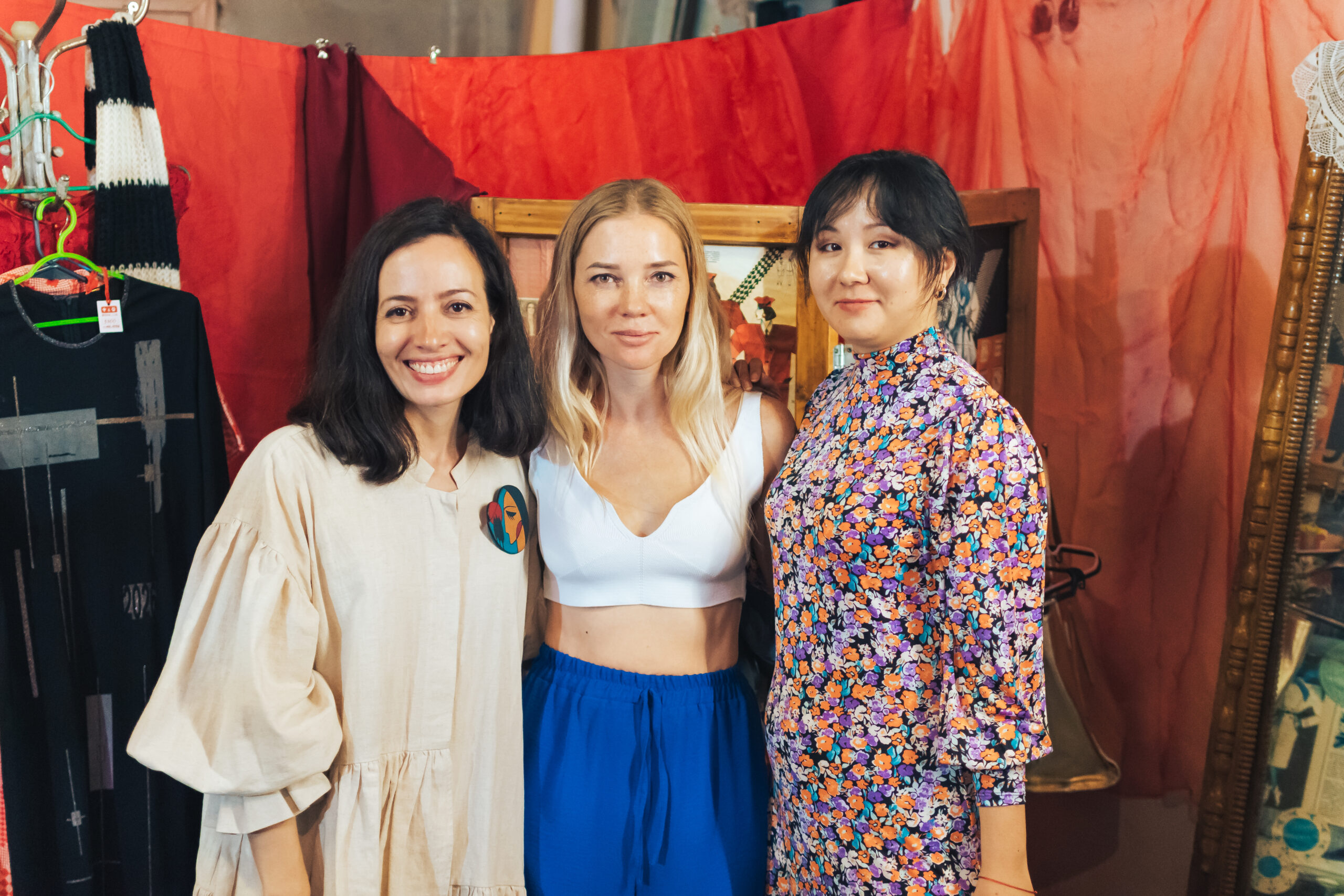
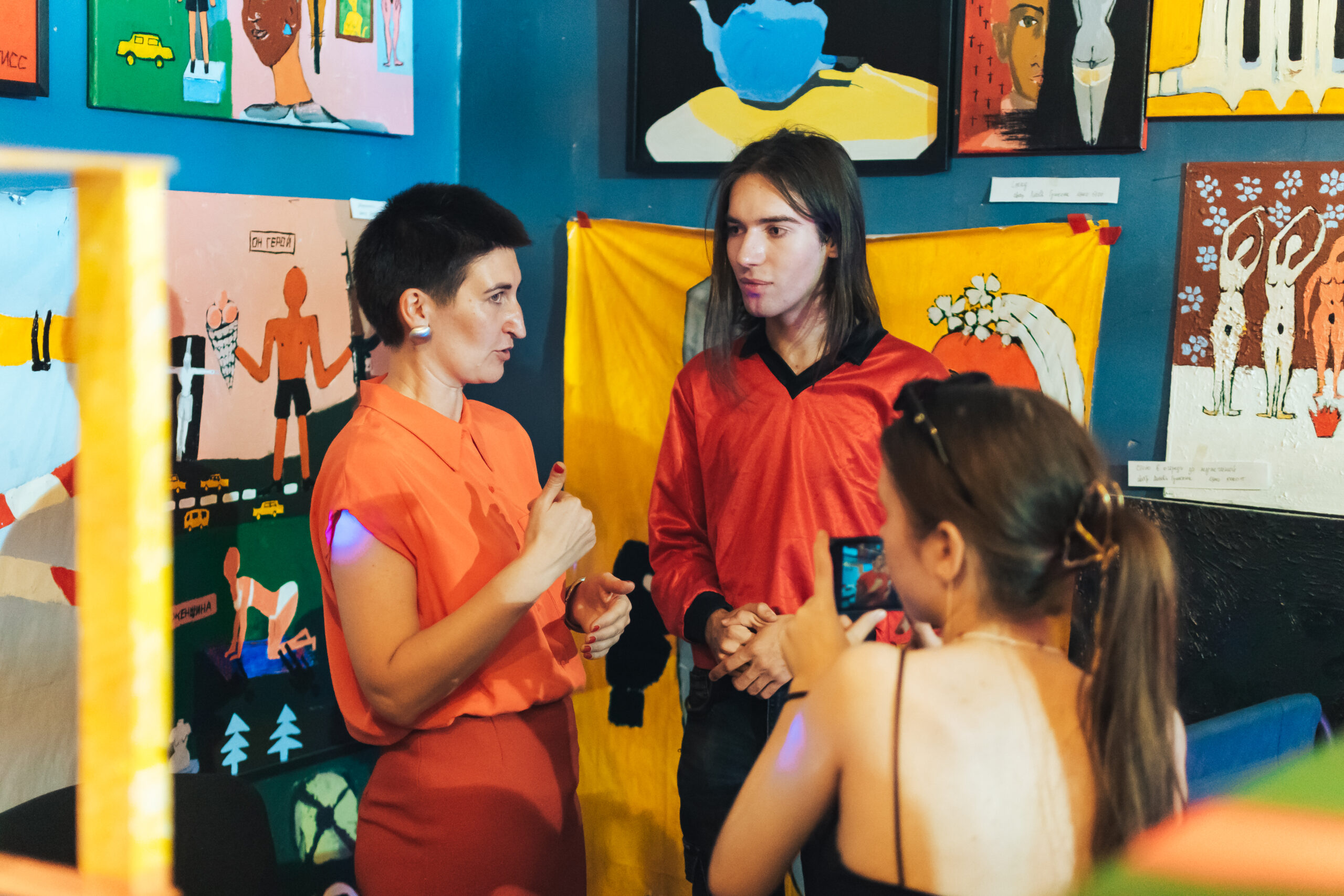
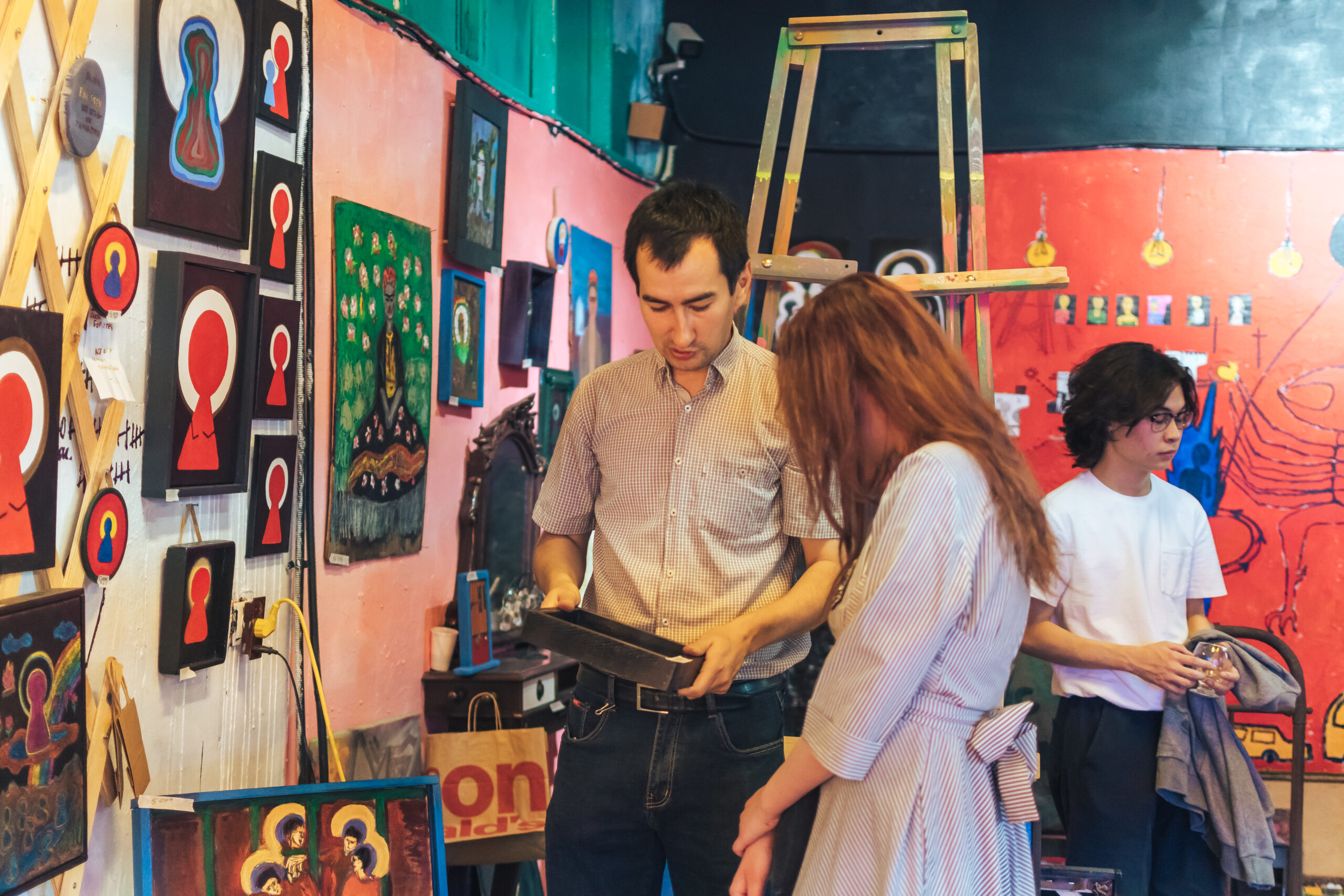
Contemporary art curator, photographer and artist Larisa Karchevskaya presented a series of works of cyber art. The appearance of paintings created by artificial intelligence on the site caused a lot of controversy. Someone talked about genius, and someone completely denied the connection with art. To create one picture, Larisa tries to accurately describe the details, selects options and all the time trains the machine to "see" her fantasies.
"Frankly, I found disappointment in the eyes of several people when I found out how my posters were created. But they are mine and now I will explain why. The artistic practices of postmodernism are always a search for form. It doesn't matter if it's a performance, painting, photography, or even an entire exhibition. The main thing here is the artist and the thought. In the case of cyber art, a neural network is just a tool, a brush in the hands of an artist. Like a performer's body or a photographer's camera. If you look more broadly, you can recall the Chinese artist Ai Weiwei, whose installations are created by hired workers. Or the practice of replicating Warhol's photographs. The author is the one who came up with the idea. This is what art critics, art historians and collectors say. In 2018, at a significant auction of the Christie's art market, a painting created by artificial intelligence was sold for $ 432,500. In the art world, this automatically means recognition for both the artist and the direction in art. The author of the painting was an art group of three Frenchmen. According to Aristotle, art "is nothing but a creative ability guided by genuine reason." Will everyone be able to create paintings using digital tools? Quite. Will it be art? Not necessarily. Just like a person who draws beautifully is not necessarily an artist. The neural network machine is a professional and is able to draw a perfect picture. To compete with her in this skill is pointless. What the neural network can't do is come up with an idea. And here humanity is still ahead," Larisa Karchevskaya shared on her social networks.
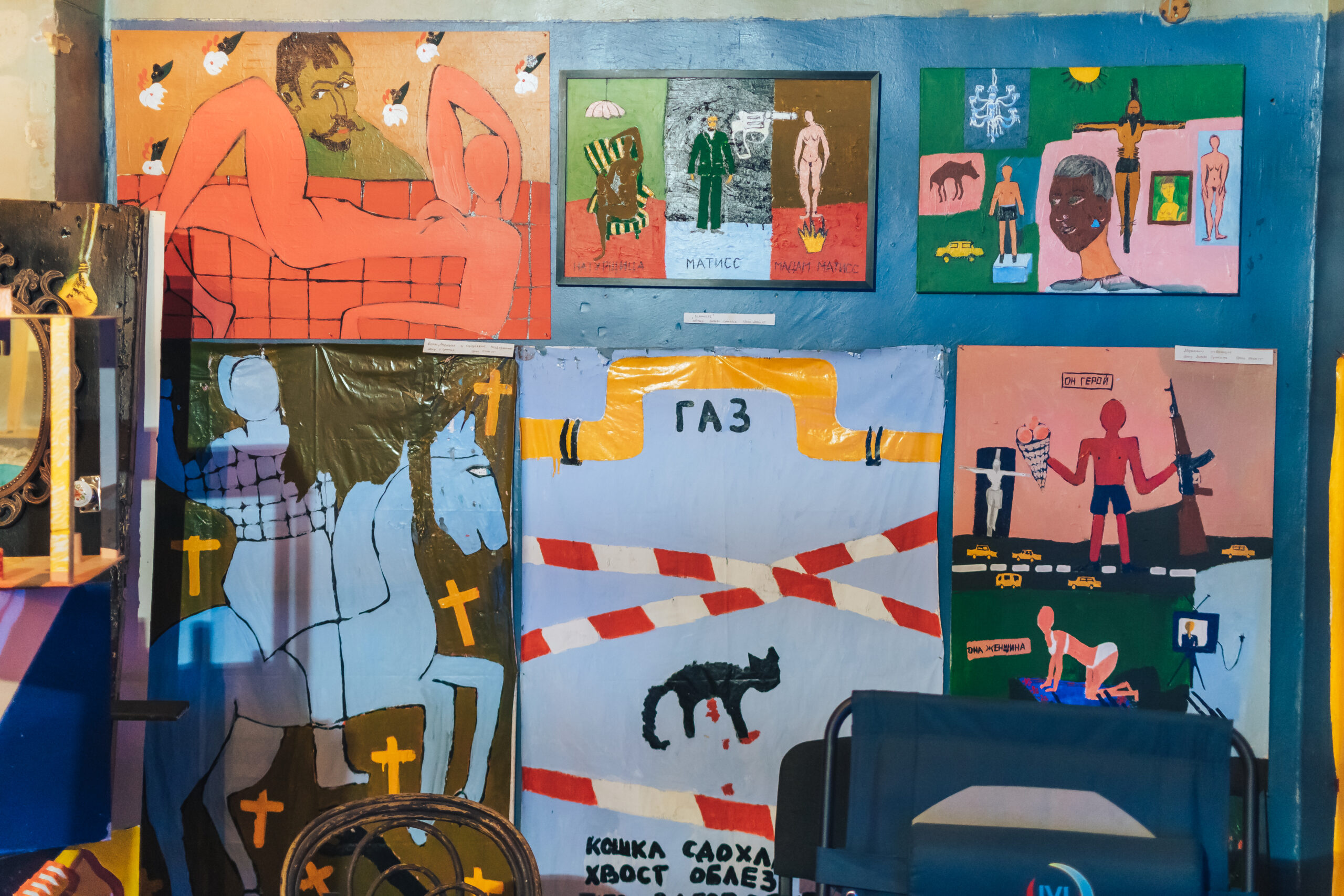


The collection of milkmen was presented by Valentina Kamarskaya as part of the Berlin Market. In 2009, Valentina came to Omsk, where she visited the City Museum "The Art of Omsk". There was a temporary exhibition "Soviet Porcelain" in the museum, where milkmen were represented. Since 2013, the number of milkmen in Valentina's collection has exceeded 170 units, among which there is a milkman of the English company "Spode", which is considered one of the most expensive porcelain brands in the world. She bought it in Berlin. This is the first time Valentina exhibits her collection at events of this level. Before that, the milkmen were presented at the exhibition "If I were a milkman", to which only artist friends were invited."When I wake up in the morning, if I want to cheer myself up, I choose the milk jug that I want to put on myself," Valentina Kamarskaya shared.
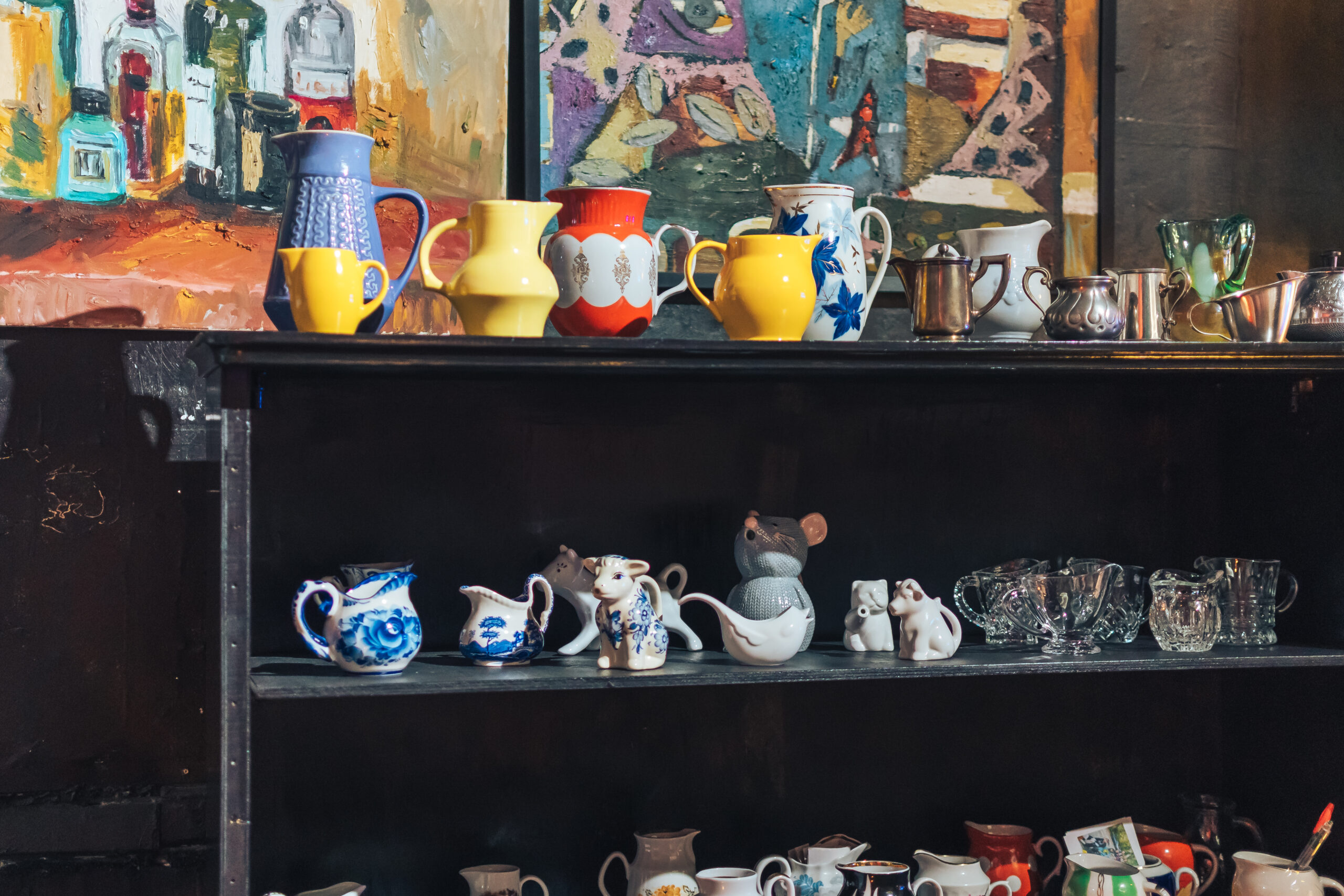
Recall that in October a large project "Urban Paganism" will be presented, which is carried out in collaboration with the Karaganda experimental platform "Citizen Artist" and the curator of contemporary art Larisa Karchevskaya. The project will include solo exhibitions of artists; panel discussions; lectures and poetry programs. Short films about the influence of culture, art and music that surround us every day will also be released.
The author of the material: Dmitry Abramov
Photo: Olesya Kisser


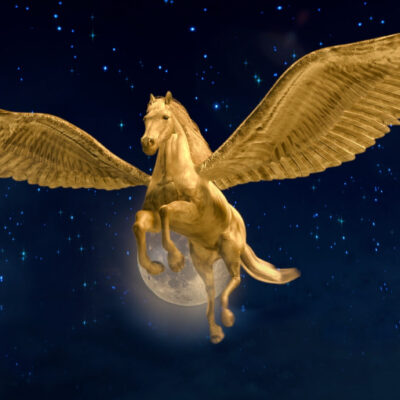
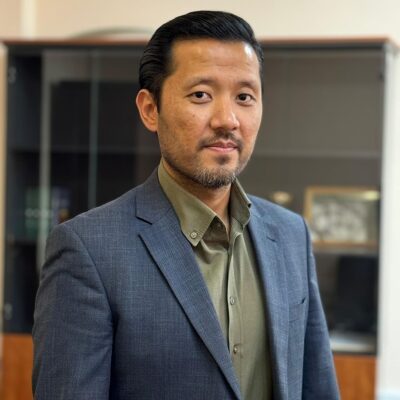
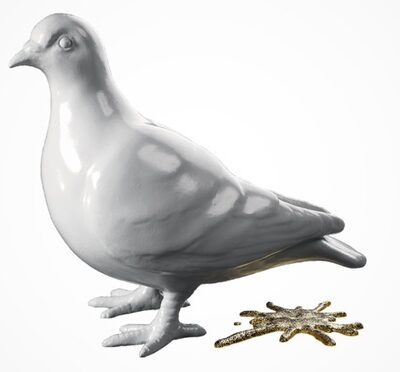
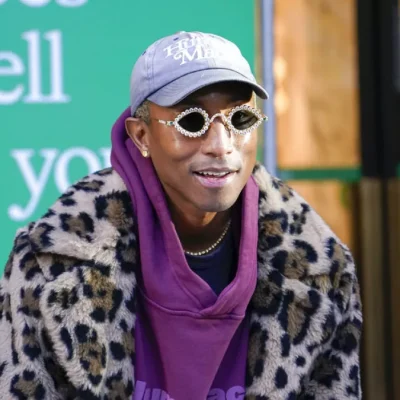
Выставки Пикассо покажут десятки музеев по всему миру в рамках 50-летия со дня смерти художника
My homeland: personal exhibition of Baurzhan Baydilda